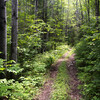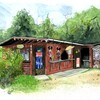
Be Wild: Summer's Sweetest Treats
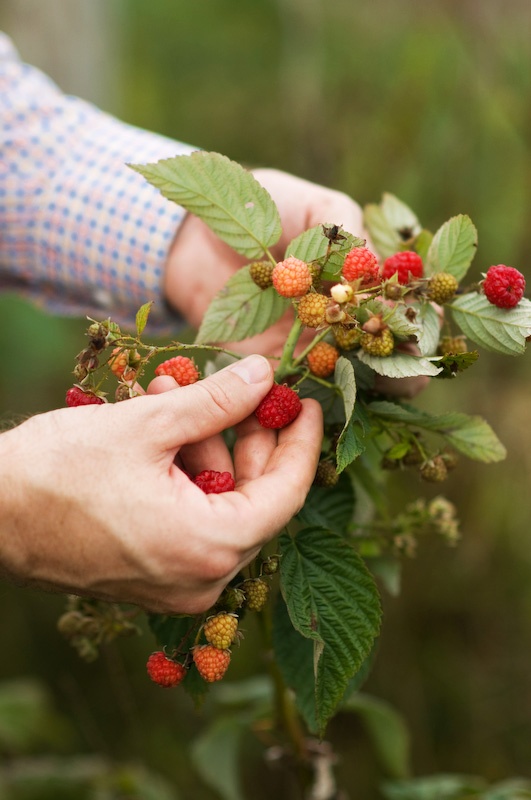
When it comes to berry foraging and consumption, Canada is steeped in tradition. No exception, Northeastern Ontario is a regional hotbed of delicious berry activity! Our beloved wild blueberries alone are an emblem of Ontario summer.
The Indigenous Peoples of Canada have used berries in many ways—as a primary food source, for medicinal purposes, and as a dye for clothing. These traditional uses serve as an indicator of the benefits stored inside the fleshy goodness of every berry.

The Best Time to Pick Wild Berries
A widely ranging natural resource, wild berries are found in different forms and species throughout Ontario. They're as regional as they are unique, and the key to productive berry foraging is the timing of your pick.
Wild berries should always be picked when they are ripe, as the highest levels of natural sugars are found in ripe berries. Understanding when a berry is ripe may take a bit of practice, but will soon become instinctive. Remember that ripe berries give off what I refer to as the "prime for the picking" vibe. They are generally more robust and plump than their unripe neighbours.
When harvesting ripe berries, remember that you should never remove more than half of what is growing in any given area. The "half harvest" is a good rule of thumb to allow foraging for others, as well as leaving some for the wildlife in the area that relies on them.
Freezing: Enjoy Berries Year-Round
One simple technique for preserving those berries you’ll be picking this summer is to freeze them. Since we don’t always have the luxury of consuming all that foraged goodness in one sitting, freezing is the perfect option.
Freezing allows the nutrients and goodness of your berries to be trapped without getting lost. The important thing about freezing berries is to ensure they are completely dry first.
After rinsing the berries, place them in a strainer for 15 minutes and then spread them out on paper towel to dry. For best results, freeze your berries first arranged on a piece of wax paper to avoid clumping. Once frozen, remove from the freezer and pour the berries into a sealed, freezer-proof container. They will keep fresh this way for a year and may be thawed and used at any time.
Manitoulin Island: Hawberries & Indigenous Traditions
Manitoulin Island is the world’s largest freshwater island, and its inhabitants know a few things about wild berries – especially hawberries. The tiny red fruit of the hawthorn tree is so integral to the island’s heritage that its people once produced a form of currency called the "Haweater Dollar" between 1969 and 2008. The novelty coins played a role in the annual summer Haweater Festival, with each coin presented with its own Certificate of Authenticity.
Bountiful Wild Blueberries
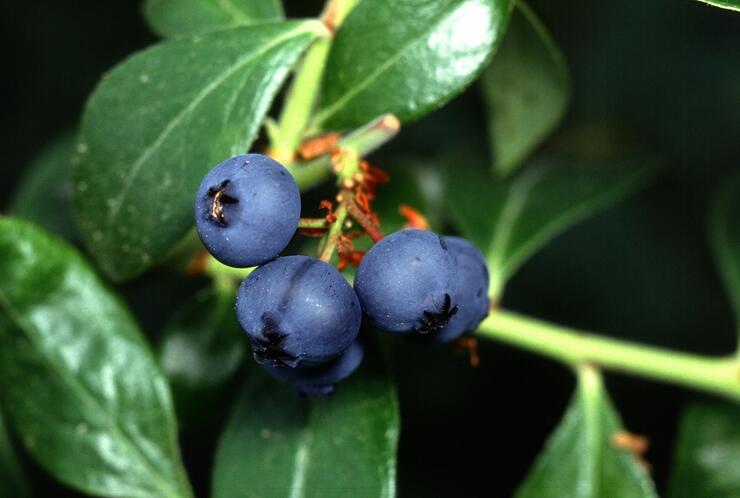
One of the most popular berries available for picking each summer is the magnificent blueberry. A native of the Canadian Shield, the wild blueberry is an iconic symbol of summer in Northeastern Ontario. Picking blueberries can be a fantastic day spent in the great outdoors, or the worst day of back-breaking labour you’ve ever had, depending on your approach.
Any low-growing berry like blueberries will cause back strain if you don’t exhibit proper posture while picking. Either crouching or sitting on a small outdoor stool are the preferred stances to ensure no pain at the end of the day. Bending over to pick is never advised and can cause back complications. Be comfortable when picking; some areas even allow for sitting on the forest floor.
Always pick with your hands straight out, not above your head, and never below your knees. A happy berry picker is a more productive one.
The King of Berries?
Tasty Strawberry Fritters
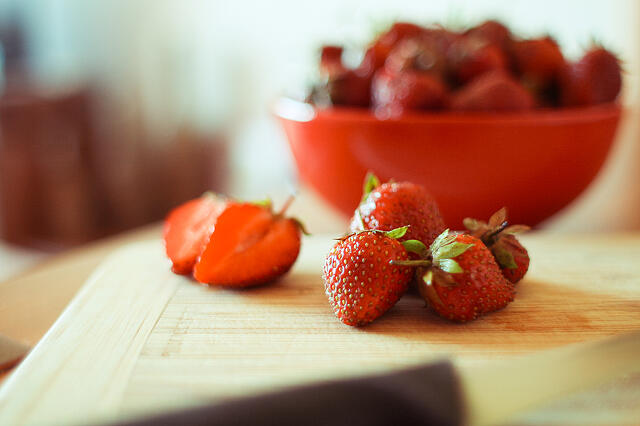
Perhaps the most popular berry of all, the mighty strawberry remains king among berries in Canada. The bulk of commercial farm-sold strawberries are marketed on a "pick your own" basis because strawberries are extremely perishable. Strawberries are consumed typically within two days of being picked and strawberry growers estimate that over 90% of all strawberry sales are from consumers picking their own. The sale of strawberry plants is on the rise across the country, as many private individuals are growing these delectable berries in their own gardens to save money.
I urge you to try the following recipe for Strawberry Fritters from my Canadian Berry Cookbook!
Serves: 6
- 1 cup all-purpose flour
- 1/4 cup butter, melted
- 1/4 cup heavy cream
- 3 eggs
- 1/4 tsp salt
- 2 Tbsp brown sugar
- 1 tsp ground cinnamon
- 2 cups hulled strawberries
- 1-quart vegetable oil for frying
In a large bowl, combine the flour, 1/4 cup butter, 1/3 cup cream, eggs, salt, brown sugar, and cinnamon. Whisk well, then add the strawberries to the batter and fold gently to coat. Heat the oil in a deep fryer or using a large heavy pot over medium-high heat to 360 degrees. Carefully drop the batter-coated strawberries into the hot oil (work in small batches). Fry until the batter is golden brown, flipping the strawberries to brown both sides evenly.
Remove the cooked strawberry fritters, place them on paper towels to drain and enjoy!
Recommended Articles
The Seven's Best Hikes, Biking Trails and Lakes

7 Best Spots to Check Out in The Seven

Budget Bliss: Explore Northeastern Ontario Without Breaking the Bank

Bring Your Fam!

Time to Unwind: 6 Spa Havens to Discover In The Seven
5 Amazing Places to SUP in Northeastern Ontario

5 Amazing Bike Rides to Discover

Northern Lights in Northeastern Ontario

Northeastern Ontario's Best Pride Festivals

Fish for one of the World's Rarest Species of Trout

An Insider's Guide to Manitoulin Island

6 Small-Town Gems to Explore in Northeastern Ontario

11 Best Things to Do in Kapuskasing, Ontario










